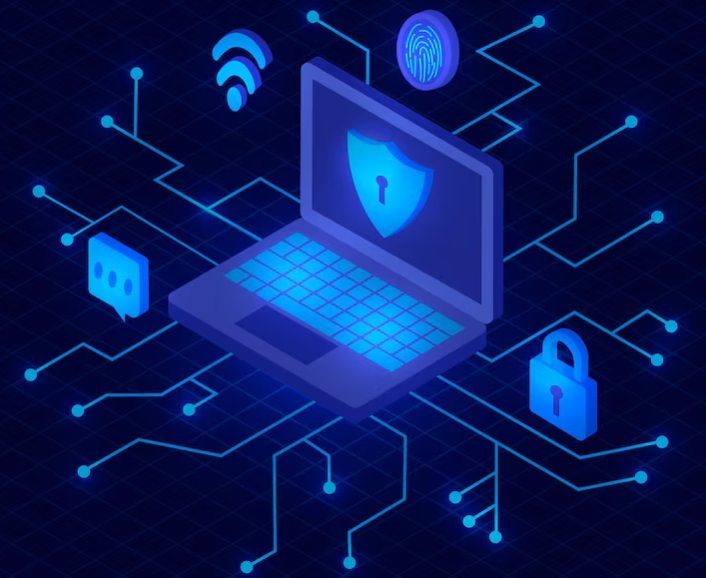Denounce with righteous indignation and dislike men who are beguiled and demoralized by the charms pleasure moment so blinded desire that they cannot foresee the pain and trouble.
Read More
Employer Security Program (ESP) is a comprehensive strategy to safeguard your organization's assets, information, and employees from cyber threats. It goes beyond just training and includes technical measures, access controls, and incident response plans.
An employer security program is a comprehensive strategy that organizations implement to safeguard their assets, information, and employees from security threats. It goes beyond just employee training and encompasses a variety of measures to create a robust security environment.
Organizations face a constant barrage of cyberattacks targeting data, systems, and financial resources. A security program helps defend against these threats.
Many organizations handle sensitive data subject to regulations. A strong security program demonstrates compliance and protects sensitive information.
Cyberattacks can disrupt operations and cause financial losses. A security program helps ensure business continuity in the event of an incident.
Data breaches and security lapses can damage an organization's reputation. A security program minimizes these risks.

Password security
Creating strong passwords, using password managers, and avoiding password reuse.

Technical
Filter incoming and outgoing network traffic to block unauthorized access.
Encrypts sensitive data to render it unusable in case of a breach.
Protects devices from malicious software threats.
Monitor networks for suspicious activity and prevent attacks.

Access Controls
Verifies user identities before granting access to systems and data.
Defines what level of access each user has to specific resources.
Grants users only the minimum access level required for their job functions.

Incident Response Plan
Defines procedures for detecting, containing, and recovering from security incidents.
Assigns roles and responsibilities for incident response activities.
Ensures a coordinated and efficient response to minimize damage.

Security Policies and Procedures
Document acceptable security practices for employees.
Cover areas like password management, data handling, and acceptable use of company devices.
Provide clear guidelines for secure behavior within the organization.

Risk Management
Identifies potential security risks the organization faces.
Assesses the likelihood and impact of each risk.
Develops mitigation strategies to address identified risks.

Reduced security risks
A comprehensive program significantly lowers the risk of successful cyberattacks.

Enhanced data protection
Protects sensitive information and ensures regulatory compliance.

Improved business continuity
Prepares the organization to respond effectively to security incidents and minimize downtime.

Stronger brand reputation
Demonstrates a commitment to cybersecurity and fosters trust with clients and partners.

Increased employee awareness
Creates a security-conscious culture where everyone plays a role in protecting the organization.

- What is an Employer Security Program, and why is it important?
-
An Employer Security Program is a comprehensive set of policies, procedures, and initiatives implemented by an organization to protect its digital assets, data, and infrastructure from cybersecurity threats. It is important because it helps mitigate the risk of cyber attacks, data breaches, and financial losses, while also safeguarding the organization's reputation and customer trust.
- Who is responsible for implementing and maintaining an Employer Security Program?
-
The responsibility for implementing and maintaining an Employer Security Program typically falls on the organization's leadership, including executives, managers, and the IT security team. However, all employees play a role in adhering to security policies and practices outlined in the program.
- What components are typically included in an Employer Security Program?
-
An Employer Security Program typically includes components such as security policies and procedures, employee security training, access controls, incident response plans, risk management frameworks, security assessments and audits, vendor management practices, and compliance with regulatory requirements.
- How does an Employer Security Program address emerging cybersecurity threats?
-
An Employer Security Program should have mechanisms in place to monitor and assess emerging cybersecurity threats and vulnerabilities. This may involve staying informed about the latest threat intelligence, conducting regular security assessments, implementing proactive security measures, and updating security policies and procedures accordingly.







